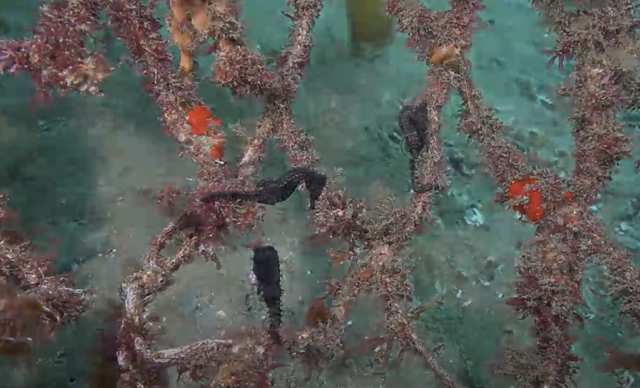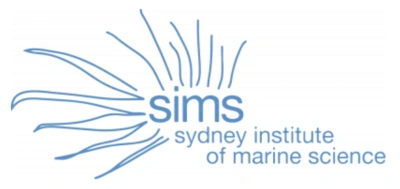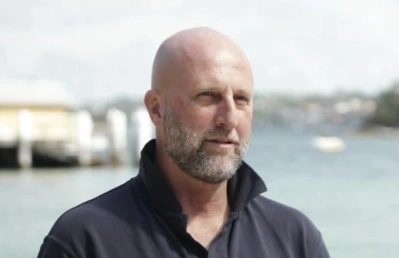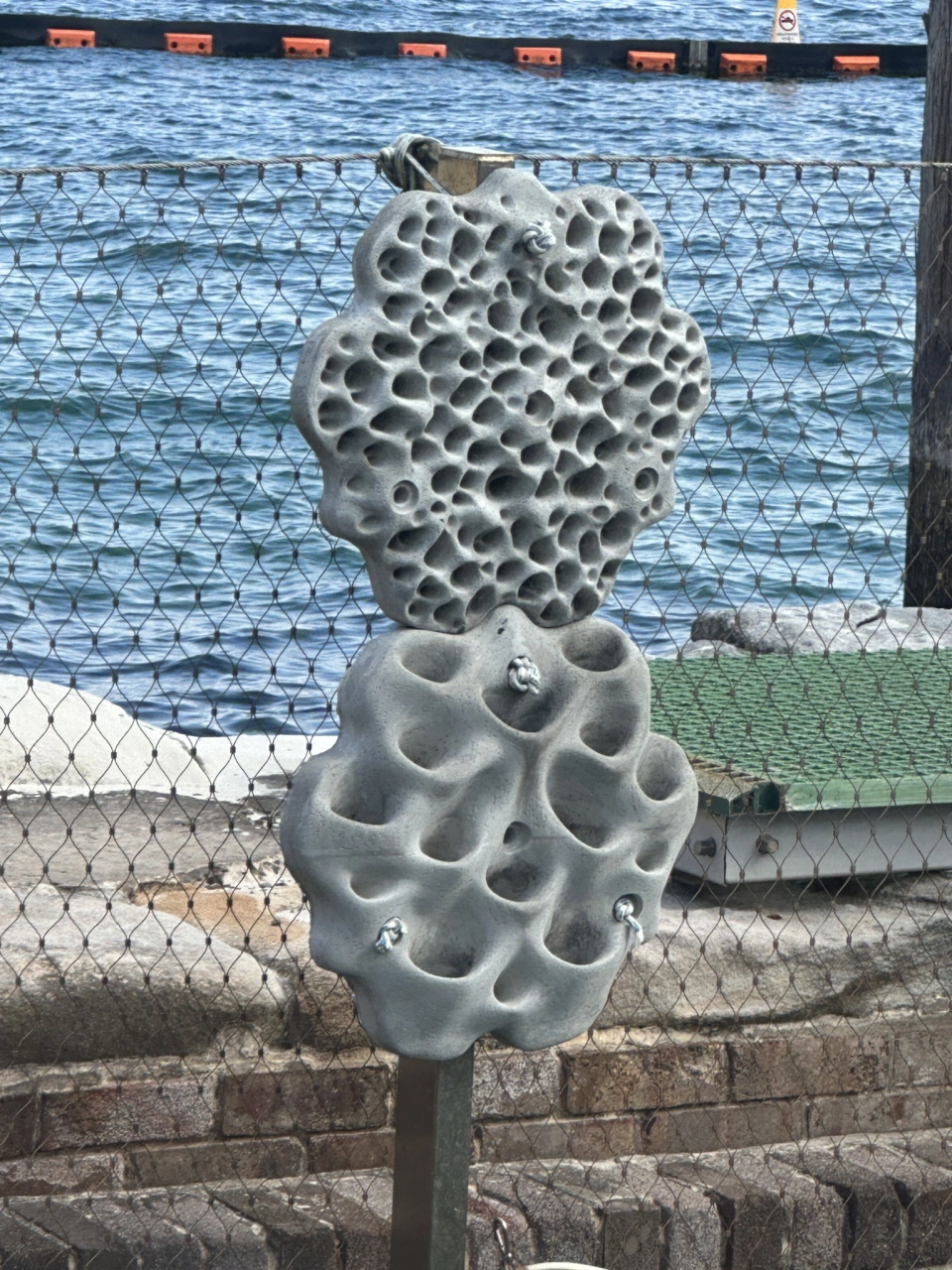Project Restore: Bringing marine life back into Sydney Harbour
Mosman
We've got these remarkable, smart people, solving a problem here with seagrass, and a problem over here with shoreline degradation. But how do we bring that all together into restoring at not just one environmental level, but at a seascape level?
We bring all of those elements together as “Project Restore”. Project restore is amongst the first, globally, to move beyond habitat-by-habitat restoration, to provide an example of how multi-habitat restoration can be conducted at seascape scale.
The Sydney Institute of Marine Science has been really fortunate to recently be awarded a major grant through the Department of Environment and Planning in New South Wales, which is funded by the Environmental Trust of New South Wales.
They have got a program called Seabirds for Seascapes. Half of that program is looking at seal and penguin colonies, primarily run out of Taronga Zoo, with some other partners.
The other half of the project is marine restoration at scale within Sydney Harbour. So the way we're approaching that is taking those really amazing unique programs, and bringing them all together.
Project Restore has four elements:
- we're installing living seawalls
- we're doing kelp restoration
- we're doing seagrass restoration and
- then the final component of it is we're installing artificial fish habitats, and again the ones we're installing these days look like living seawall tiles, they're three-dimensional structures and where we've removed, for example, seagrasses, and we can't restore those environments fast enough to bring the fish back, we're giving them artificial structures which replicate that.
So it gives us time to bring in marine life’s native environments, things like seagrasses, it gives them places to live and to spawn. We put in some fish habitats just next to the Opera House, and the original ones we did, the first ones, we then found White’s seahorse, Sydney seahorses on those structures next to the Opera House. That is as far west as they've ever been recorded in the harbor. So again, just a little bit of a helping hand, and the ecology starts to take care of itself.

Project restore is amongst the first, globally, to move beyond habitat-by-habitat restoration, to provide an example of how multi-habitat restoration can be conducted at seascape scale.

Sydney Institute of Marine Science

Brett Fenton
We've got these remarkable, smart people, solving a problem here with seagrass, and a problem over here with shoreline degradation. But how do we bring that all together into restoring at not just one environmental level, but at a seascape level?
We bring all of those elements together as “Project Restore”. Project restore is amongst the first, globally, to move beyond habitat-by-habitat restoration, to provide an example of how multi-habitat restoration can be conducted at seascape scale.
The Sydney Institute of Marine Science has been really fortunate to recently be awarded a major grant through the Department of Environment and Planning in New South Wales, which is funded by the Environmental Trust of New South Wales.
They have got a program called Seabirds for Seascapes. Half of that program is looking at seal and penguin colonies, primarily run out of Taronga Zoo, with some other partners.
The other half of the project is marine restoration at scale within Sydney Harbour. So the way we're approaching that is taking those really amazing unique programs, and bringing them all together.
Project Restore has four elements:
- we're installing living seawalls
- we're doing kelp restoration
- we're doing seagrass restoration and
- then the final component of it is we're installing artificial fish habitats, and again the ones we're installing these days look like living seawall tiles, they're three-dimensional structures and where we've removed, for example, seagrasses, and we can't restore those environments fast enough to bring the fish back, we're giving them artificial structures which replicate that.
So it gives us time to bring in marine life’s native environments, things like seagrasses, it gives them places to live and to spawn. We put in some fish habitats just next to the Opera House, and the original ones we did, the first ones, we then found White’s seahorse, Sydney seahorses on those structures next to the Opera House. That is as far west as they've ever been recorded in the harbor. So again, just a little bit of a helping hand, and the ecology starts to take care of itself.

Project restore is amongst the first, globally, to move beyond habitat-by-habitat restoration, to provide an example of how multi-habitat restoration can be conducted at seascape scale.
Love what you're reading? Support Sydney Institute of Marine Science donate to support them now
Donate hereYou might like...

Living Seawalls for Sydney Harbour

Sydney Harbour’s marine life makes a comeback

Operation Crayweed

Saving White’s Seahorse
Newsletter
Sign up to keep in touch with articles, updates, events or news from Kuno, your platform for nature
